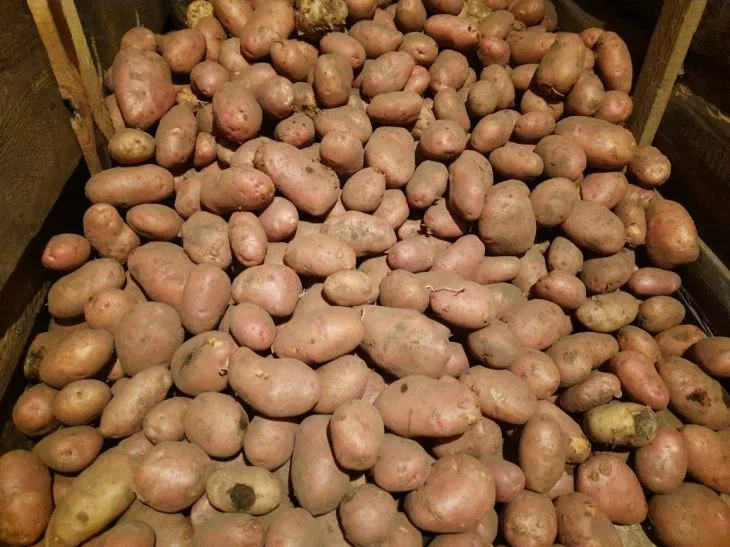It is unlikely that anyone will be happy to notice that potatoes left in storage have begun to rot – the emotions experienced in this case will be diametrically opposed.
Anastasia Kovrizhnykh, an expert of the online publication BelNovosti, agronomist and landscape designer, explained why you risk losing your supplies.
Wet (damp) rot of potatoes
This disease manifests itself even when the potatoes are in the garden and has the appearance of small, raised spots, which, however, quickly increase in size, as a result of which the tissue inside the spots becomes soft, rots and smells bad.

The reason is bacteria, the development of which is facilitated by high humidity and temperature, as well as damage to tubers during their digging or late blight rampant in the garden.
Dry rot
If there is wet rot, then it is obvious that there will also be dry rot of potatoes, which occurs for similar reasons - due to infection and damage to tubers during harvesting.
In such places, dark spots appear on the potatoes, the flesh underneath them becomes softer, and the skin at this time is destroyed and becomes wrinkled. Another eloquent sign is white-pink clusters of spores.
Ring rot
If, after cutting a tuber, you see brown rings of vascular bundles, from which creamy or grayish mucus oozes when squeezed, you can be sure that you have a potato affected by ring rot.

